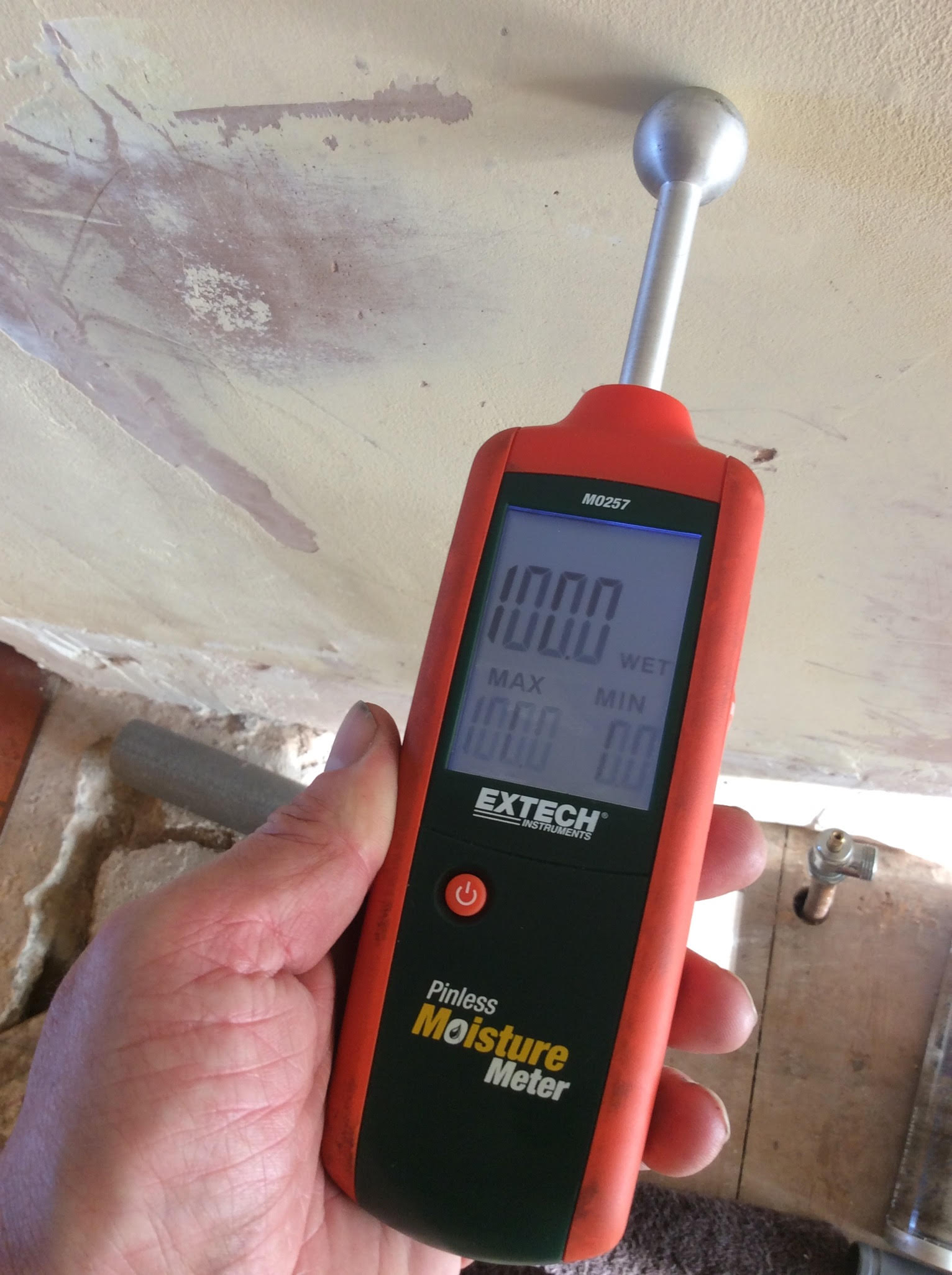Cutting-edge Solutions for Very Early Detection of Water Leaks in Structures and Facilities
From advanced leak discovery modern technologies to the release of IoT sensing units for real-time monitoring, the landscape of leak prevention is developing quickly. Automated water flow analysis systems are reshaping exactly how leaks are determined and dealt with, paving the method for a positive method to water leak detection.
Advanced Leak Detection Technologies
Advanced leakage detection technologies, outfitted with sophisticated sensors and algorithms, play a crucial duty in quickly recognizing and identifying water leaks in different settings. Electro-magnetic sensors can recognize modifications in electromagnetic areas caused by water, supplying yet one more layer of leakage detection capacity.

IoT Sensors for Real-Time Monitoring
In the realm of modern-day water leakage detection, the assimilation of IoT sensors for real-time tracking represents a critical advancement in enhancing proactive leakage discovery capabilities. These sensing units offer continuous tracking of water supply, giving real-time information on water circulation rates, pressure variations, and temperature changes. By leveraging IoT innovation, these sensors can find also the tiniest abnormalities in water use patterns, making it possible for early identification of potential leaks before they escalate into major issues.
IoT sensors transmit information to a central system, where innovative formulas examine the info and produce informs or alerts when abnormalities are detected. This real-time monitoring capability allows building proprietors or center managers to quickly deal with leaks, reducing water damages, reducing repair work expenses, and saving water sources.
Moreover, IoT sensing units can be incorporated with structure monitoring systems, permitting for automated responses to found leakages, such as turning off water shutoffs or turning on pumps to mitigate the impact of leaks. In general, the execution of IoT sensing units for real-time surveillance considerably enhances the effectiveness and efficiency of water leakage detection in buildings and facilities.
Artificial Intelligence Algorithms for Leakage Prediction

One key benefit of utilizing maker knowing for leak forecast is its capacity to constantly discover and improve its precision gradually. As more information is collected and fed into the formula, it can refine its predictions and adjust to altering problems, inevitably boosting the reliability of leakage detection systems.
Moreover, artificial intelligence formulas can assist in recognizing subtle indicators of leaks that might go unnoticed by typical monitoring approaches. water leak detection. By evaluating intricate data collections in real-time, these formulas can offer very early warnings and signals, allowing for timely treatment and precautionary upkeep to mitigate possible water damage and connected prices
Utilizing Thermal Imaging for Leak Discovery
Thermal imaging modern technology offers an appealing strategy for discovering water leaks in different systems and facilities. By using infrared radiation and temperature level differences, thermal imaging video cameras can determine concealed leakages that are not quickly visible to the naked eye.
One of the crucial benefits of thermal imaging for leakage discovery is its non-intrusive nature. Unlike standard approaches that might call for damaging right into wall surfaces or floors to find leakages, thermal imaging enables non-destructive testing. This not just conserves time and reduces costs however likewise minimizes disruption to the building or facilities being examined. Furthermore, thermal imaging can swiftly scan large locations, supplying a detailed introduction of prospective leak sources in a timely fashion. On the whole, using thermal imaging innovation improves the efficiency and precision of water leakage detection, making it an important tool for keeping the integrity of buildings and infrastructures.
Automated Water Flow Evaluation Solutions
How can computerized water flow evaluation systems transform the discovery and management of leakages in different systems and infrastructures? Automated water circulation evaluation systems use a proactive technique to leak discovery by continually keeping track of water circulation rates and patterns. By developing baseline data, these systems can promptly determine discrepancies that might suggest a leakage, allowing punctual treatment to avoid comprehensive damages.
These systems utilize innovative algorithms to examine real-time information web link and offer immediate notifies when abnormalities are found, enabling for speedy activity to be official site taken. Additionally, automated water flow evaluation systems can be incorporated with structure administration systems or IoT platforms, enhancing total effectiveness and enabling remote monitoring capacities.
Furthermore, the information gathered by these systems can be made use of for anticipating maintenance functions, aiding to determine possible powerlessness in the framework before leakages happen. In general, the application of computerized water flow evaluation systems can significantly enhance leakage discovery and administration practices, eventually causing set you back savings, minimized water wastefulness, and increased sustainability in buildings and facilities.

Verdict
In verdict, the assimilation of sophisticated leakage discovery technologies, IoT sensing units, artificial intelligence formulas, thermal imaging, and computerized water circulation evaluation systems supplies cutting-edge solutions for very early discovery of water leakages in structures and framework. These modern technologies make it possible for real-time surveillance, forecast of leakages, and effective discovery techniques to avoid water damage and wastage. Executing these options can aid in preserving the stability and sustainability of water systems in different settings.